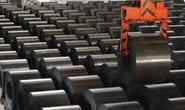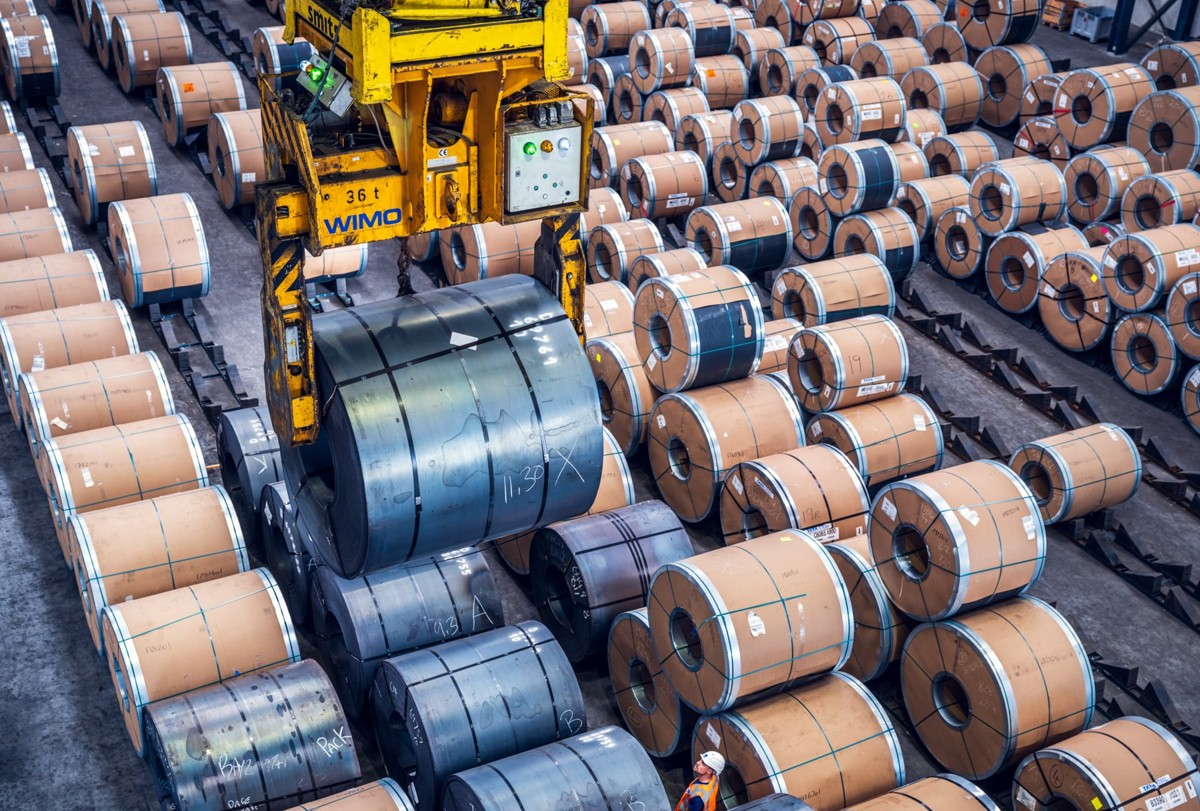Overseas

October 30, 2014
Hot Rolled "Spread" Between Foreign & Domestic Shrinks
Written by Brett Linton
The following is a “hypothetical” calculation of the spread between world hot rolled export prices and domestic (USA) hot rolled prices. SMU compares the world hot rolled export price with hypothetical adders for freight, handling, trader margin, etc. This is then compared to the spot (FOB Mill) domestic hot rolled price using the SMU Hot Rolled Index average for this week.
The world export price for hot rolled bands is at $483 per net ton ($532 per metric ton) FOB the port of export according to data released by SteelBenchmarker on Monday this week. This is down $1 from the price released two weeks ago and also from the mid-September price.
SMU uses a range of $70 to as much as $100 per ton added in order to get the steel to ports in the United States (freight, handling, and trader margin), the additional costs put the “true” world HR export price at approximately $553 to $583 per ton CIF USA Port. (Note that we were previously using $70 per ton to calculate the “true” world HR export price, but have since moved to a range of $70 to $100 per ton in order to provide a better estimation for our readers. This is because there can be a large range of freight charges moving steel from Europe or South America vs. Asia)
The latest Steel Market Update hot rolled price average is $630 per ton, down $20 from two weeks ago and down $30 per ton from mid-September. The theoretical spread between the world HR export price and the SMU HR price is $47 to $77 per ton ($147 prior to import costs), down $19 per ton from two weeks ago and down $29 from mid-September.
The $47 to $77 spread is the lowest seen since late-March 2014 when we had a spread of $31 to $61 per ton ($131 prior to import costs). Over the summer we reached a spread of $84 to $114 per ton ($184 prior to import costs) in mid-May. One year ago the spread was $62 to $92 per ton ($162 prior to import costs).
Based on our recent channel checks SMU was collecting actual HRC price offers into the Port of Houston from $27.50/cwt ($550 per ton) to $29.50/cwt ($590 per ton) with most being at the higher end of our range. However, these are right within the range suggested based on our hypothetical calculation.
Freight is an important part of the final determination as to whether to import foreign steel or buy from a domestic mill supplier. Domestic prices are referenced as FOB the producing mill while foreign prices are FOB the Port (Houston, NOLA, Savannah, Los Angeles, Camden, etc.).
Below is an interactive graph which you can use to compare world HR export prices against the SMU domestic HR average price. We also have included a comparison with freight and traders’ costs added which gives you a better indication of the true price spread. You will need to read this article on our website in order to see and interact with the graphic. If you need assistance with either logging in or navigating the website, please contact our office at 800-432-3475 or info@SteelMarketUpdate.com.
{amchart id=”130″ Domestic vs. Foreign Hot Rolled Pricing- Steel Benchmarker World China Europe Prices}







